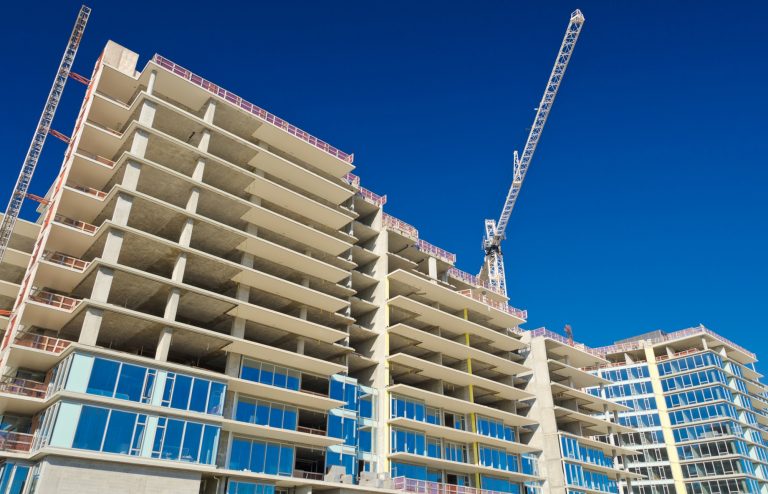
Earlier this year, some big news came regarding the New York City tax break that’s dramatically shaped development across the city — Gov. Kathy Hochul announced she wanted to repeal 421-a, requiring increased affordability and mandating green building systems like carbon-neutral technologies and electrification. 421-a would therefore become 485-w.
In the weeks since, New Yorkers in the housing space are arguing both for and against the repeal. City Comptroller Brad Lander is part of a group calling for the tax break to be scrapped completely: “Let 421-a expire … and let’s aim for comprehensive property tax reform,” he recently told THE CITY, pointing out that 421-a is largely a band-aid to a system that over-taxes large rental buildings.
“The root issue,” according to this New York Post opinion piece, is that “without some break, city taxes on a new building are so high that no one would start a residential project unless it’s aimed at the super-rich, who can afford to pay through the nose.”
So, what will the new 421-a actually look like? It’s helpful to understand some history first. The tax break emerged in 1971 as a way to spur construction as the city struggled through major disinvestment. In the 80s, when developer interest picked up, the program began providing incentives if they agreed to include income-restricted units — affordable housing — in projects. Today, 421-a commonly looks like buildings with 80 percent market-rate units and 20 percent income-restricted units.
A change came for 421-a back in 2015, Judy Lefkowitz, a member at the 421-a team at Metropolitan Realty Exemptions Inc., tells EQ Magazine. “This program we have now is a very major jump from the last program,” she says. The controversial “poor doors” were banned, for one; the tax abatement was extended to 35 years; and affordable units were capped at 130 percent of area median income. (Meaning no one could rent the affordable units if their income was above 130 percent of the local median income.)
With its expiration coming up again this June, Gov. Kathy Hochul is pitching the latest version as a major reform under a new section of the tax code. But, as The City pointed out, none of the experts “thought of her proposal as a particularly drastic departure from the past.”
The biggest change, says Lefkowitz, is that “there’s a big red line between buildings above 30 units and below 30 units.” Hochul’s plan would drop the area median income ceiling to 90 percent of AMI for buildings up to 30 units. For buildings with 30 or more units, the highest income would be 80 percent of AMI — a departure from the 130 AMI previously allowed.
Simply put, larger buildings will become more affordable under 485-w. But the developers still receive tax breaks to build.
Here’s where the disagreement kicks in. Housing progressives feel that developers shouldn’t get tax breaks through the program in the first place, and that deeper reform is needed. Cea Weaver, Campaign Coordinator of tenants group Housing Justice for All, released a statement that said the governor “tinkered at the edges of the 421-a program, while making it clear she will still send billions in tax abatements to corporate landlords.” Comptroller Brad Lander is calling for “long overdue comprehensive property tax reform that would eliminate the inequities among different Class 1 properties, condos, and co-ops.”
Developers and others want the abatement to remain — if it disappears, they say, developers won’t be incentivized to build new housing in the city. As such, there could be a shortage of subsidized, affordable and market rate housing. “Doing bigger developments might just not make sense anymore, it might not be as profitable anymore,” as Lefkowitz puts it.
“Our firm has been financing development projects in NYC for over 20 years,” says Daniel Hilpert, founder and managing director of real estate finance firm Equicap. “Removing the tax abatement will have substantial effect on real estate values and unless a developer has owned a development site long-term with a zero-cost basis, it will be difficult to finance ground-up development, especially with rising commodity prices.”
“Lenders and equity investors use the income stream of the abated taxes to justify valuations and underwrite development deals,” he continues. “Removing the tax abatement will make it very difficult for developers to tap the capital markets.”
There’s a lot that can happen in the months up until 421-a’s June expiration date — “There is still so much up in the air,” Lefkowitz says.
As for her clients, they’re trying to take advantage of the current program while they still can. “They know how the program is now, it just can’t get any better,” she caps, “And they’d love for it to stay around.”




